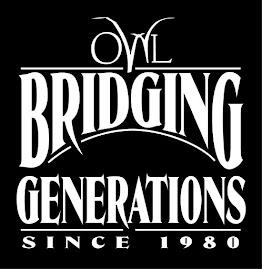Perception and Discrimination
As thousands of people gather in Washington, DC to witness the swearing in of the United States’ first African-American President and millions more make plans to watch the ceremony on television, I am moved by the symbolic meaning of this day. Like many Americans, I have lived through the overt separation of the races in the fifties, the often violent struggle for equality in the sixties, and the continuing struggles to make equality a reality in the seventies, eighties, and nineties.
I am moved that such an important barrier has been broken. I am also intrigued by the difference of the meaning of this event for my generation and for other generations. Both The Boston Globe and the New York Times have run articles making the point that seeing an African-American President was not strange to the younger generation because they had seen it so often in the movies and on television.
Often what we have seen or read in novels allows us to accept it in reality. Familiarity, whether it is real or made up, can go along way toward acceptance of change. This can be a good thing or a bad thing. It can allow us to let go of prejudices but it can also make us immune to violence and more subtlety the cruelty of rudeness and loss of privacy.
Using the power of the familiar to combat discrimination is a lesson we can use when we see sexism and ageism. I remember as a child that there were no women news anchors or radio D Js. The first time I heard a women’s voice on the radio it sounded shrill to me. It was unfamiliar in that setting. Today women on the radio and TV news seem as natural as men.
Those of you who have seen the movie “Milk” about Harvey Milk, the gay rights activist, were reminded about the role of grassroots organizing to change laws and perceptions. The popular television sitcom “Will and Grace” which provided a fictionalized picture of the gay community came twenty years after Harvey Milk’s advocacy for gay’s civil rights. It is the interplay of advocacy and our imaginations that can become a powerful tool for change.
What are our perceptions of race, gender, or old age that hold us back? What perceptions are real and which ones are built on bias? The media can often help us sort that through by allowing us to confront our prejudices. The media and fiction, however, can go just so far. It is up to us to push in our communities and through changes in the media and law to eliminate the discrimination that relegates us to less than our potential.
Ellen A. Bruce
President, OWL Board of Directors
Wednesday, January 21, 2009
Subscribe to:
Post Comments (Atom)







No comments:
Post a Comment